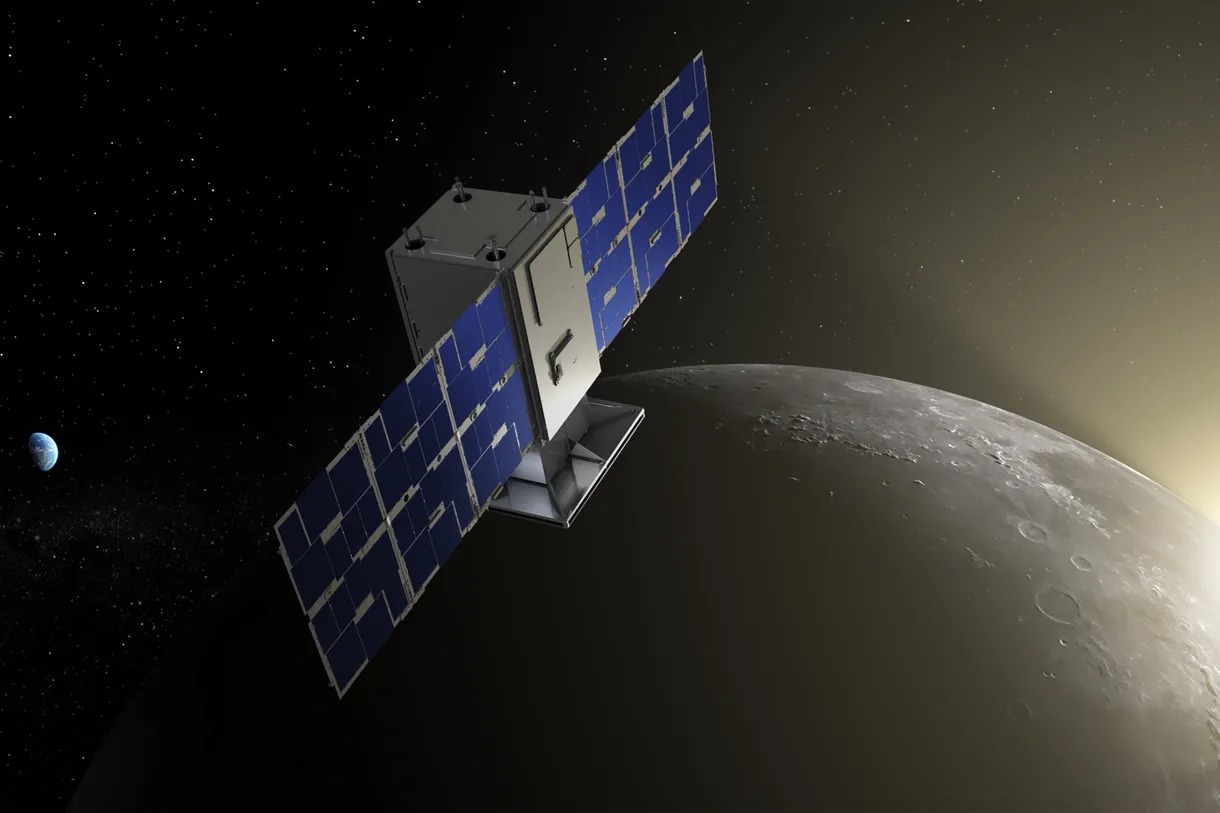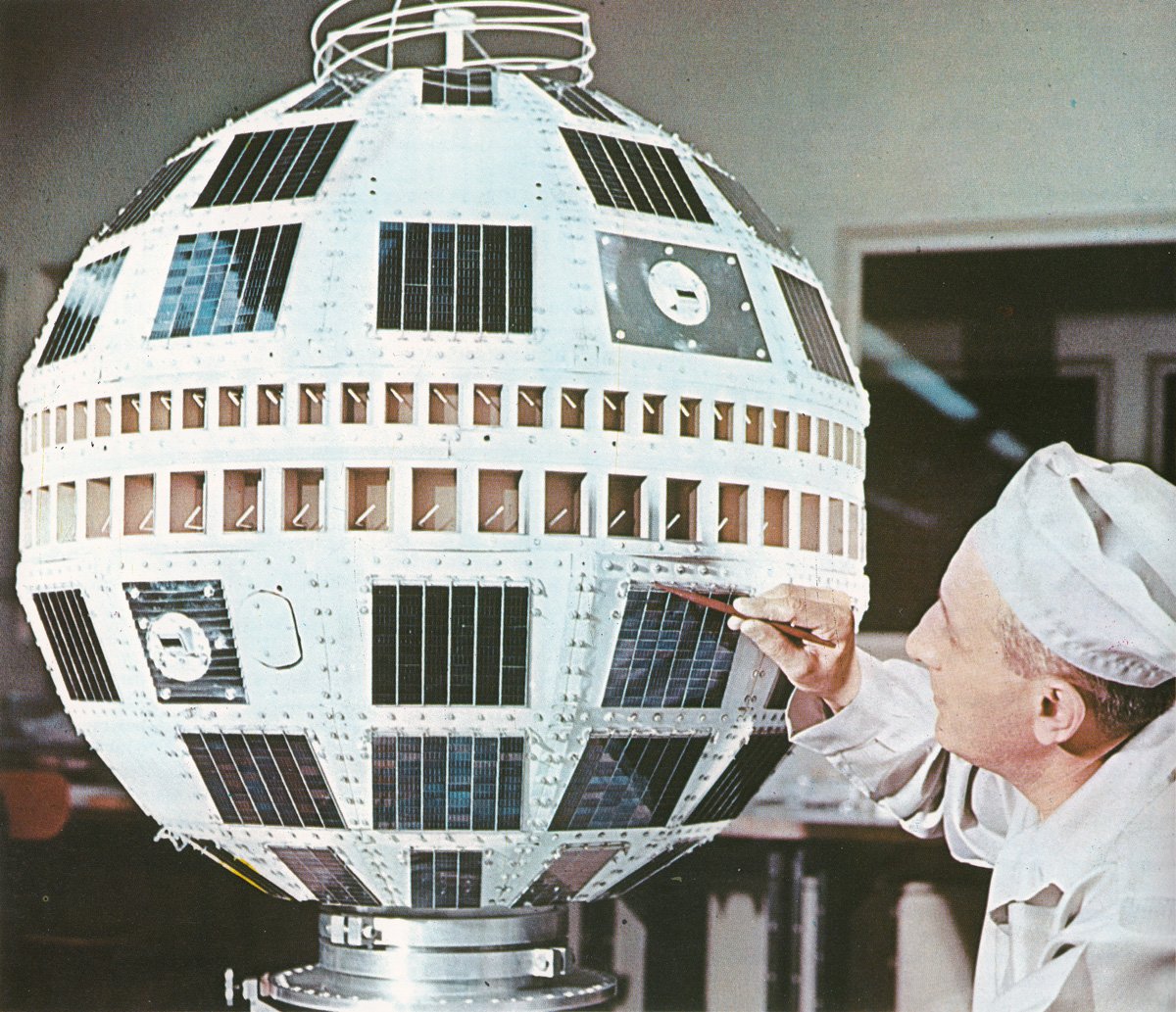Selection of the most interesting space news for breakfast: NASA condemned russia’s actions on the ISS. SpaceX Starlink launches a new terminal for marine ships, and we talk about the Telstar 1 satellite and the debut of international television.

Satellites spot construction of Russian anti-satellite laser facility
Anti-satellite technologies are on the rise as space becomes an increasingly vital domain for military activities. Recent Google Earth images reveal construction at what appears to be a sophisticated laser system at a Russian space facility designed to blind adversary satellites.
The construction is taking place at the Russian Ministry of Defense’s Krona space facility in Russia’s far southwest, home of the massive RATAN-600 radio telescope. The existence of a new object, called “Kalina”, was revealed as a result of a thorough investigation based on data that was obtained from open sources. The Space Review analyzed publicly available satellite images, tender documents from russian industrial contractors and russian financial documents.
The publication reports that in the financial documentation to which the editorial board has access, “Kalina” is described as a laser system. It is designed for “electro-optical warfare” that can permanently blind adversarial satellites by shining laser pulses so bright they can damage optical sensors.
NASA condemned russia’s actions on the ISS
NASA has finally expressed its position on the actions of three russian cosmonauts on the ISS. They posed with the so-called “flags” of the LPR and the DPR, and Roscosmos on their behalf published statements denying Ukraine’s sovereignty over the territories of Donetsk and Luhansk regions.
Reaction was made public on behalf of the entire agency: “NASA strongly reproaches russia for using the International Space Station for the political purpose of supporting the war against Ukraine, which is fundamentally incompatible with the main purpose of the operation of the station under the leadership of 15 participating countries for the development of science and the development of peaceful technologies”.
NASA mirrors on ESA pathfinder to enhance lunar navigation
NASA will supply the upcoming European Space Agency (ESA) Lunar Pathfinder satellite with an array of laser retroreflectors, mirrored devices that reflect light back at its source. The retroreflectors will validate navigation capabilities that will be critical to the Artemis missions and future lunar exploration.
Market News

CAPSTONE Pulls Off First Targeting Maneuver
NASA’s CAPSTONE successfully completed its first trajectory correction maneuver. This is the first launch of the engines in a whole series of subsequent ones, which will correct the course of the spacecraft to lunar orbit. The maneuver lasted just over 11 minutes and changed the spacecraft’s velocity by about 45 miles per hour (about 20 meters per second). CAPSTONE’s next trajectory correction maneuver is targeted for Saturday, July 9.
ESA studies options for Vega C upper stage engine ahead of first launch
The European Space Agency is continuing to study options to ensure a continued supply of upper stage engines for the Vega C rocket as that vehicle gears up for its inaugural launch.
The first flight of the Vega C, an upgraded version of the Vega small launch vehicle, is scheduled on July 13 from Kourou, French Guiana. The four-stage rocket’s primary payload is an Italian physics satellite, Laser Relativity Satellite-2 or LARES-2, a 295-kilogram spacecraft whose orbit will be closely tracked to test general relativity. The rocket is also carrying six cubesat secondary payloads.
SpaceX Starlink Launches New Marine Terminal
SpaceX’s Starlink has launched a new version of its internet satellite dish for ships and yachts, only a few days after the FCC gave it permission to provide internet service to moving vehicles. Starlink Maritime will set boaters back a whopping $5,000 per month and the hardware will cost $10,000. The company argues for a higher price by the fact that users will receive a special plate that can withstand harsh sea conditions.
Interesting

Telstar: the 60 years-old satellite that commenced the modernity (article)
What was the first international telecast? Did Arthur Clarke’s prediction come true? And what is the role of Ayn Rand, a soccer ball and the Dior fashion house?
“Attention, you are in Paris! I invite you to spend a few pleasant minutes with me,” says the announcer. And a Parisian street appears on the TV screens of millions of Americans, and the famous actor and chansonnier Yves Montand strolls along it, humming a French song. Such, rather modest, was the debut of international television.
Broadcasting across the Atlantic was made possible by the Telstar 1 telecommunications satellite, launched into space on July 10, 1962, aboard a Delta rocket. The spacecraft was the result of an international collaboration between the American Telephone and Telegraph Company (AT&T), Bell Labs, NASA, the General Post Office of Great Britain and the Minister of Posts and Telegraphs of France.
Cosmic targets for Webb Telescope’s first images announced
The NASA/ESA/CSA James Webb Space Telescope will soon reveal unprecedented and detailed views of the Universe, with the upcoming release of its first full-colour images and spectroscopic data. Below is a list of space objects that will be published live:
- Carina Nebula — is one of the largest and brightest nebulae in the sky;
- WASP-96b — is a giant planet outside our Solar System, composed mainly of gas.
- Southern Ring, or “Eight-Burst” nebula — is a planetary nebula. An expanding cloud of gas, surrounding a dying star.
- Stephan’s Quintet — is the first compact galaxy group ever discovered.
- SMACS 0723 — Massive foreground galaxy clusters magnify and distort the light of objects behind them, permitting a deep field view into both the extremely distant and intrinsically faint galaxy populations.
X-37B robotic space plane sets new record
The experimental X-37B orbital aircraft of the US Armed Forces has broken its previous record. The unmanned spacecraft has been in Earth orbit for 781 days. Boeing Space wrote about this on Twitter. It is currently on its sixth mission, known as Orbital Test Vehicle 6.
Follow us on Twitter to get the most interesting space news in time
https://twitter.com/ust_magazine

